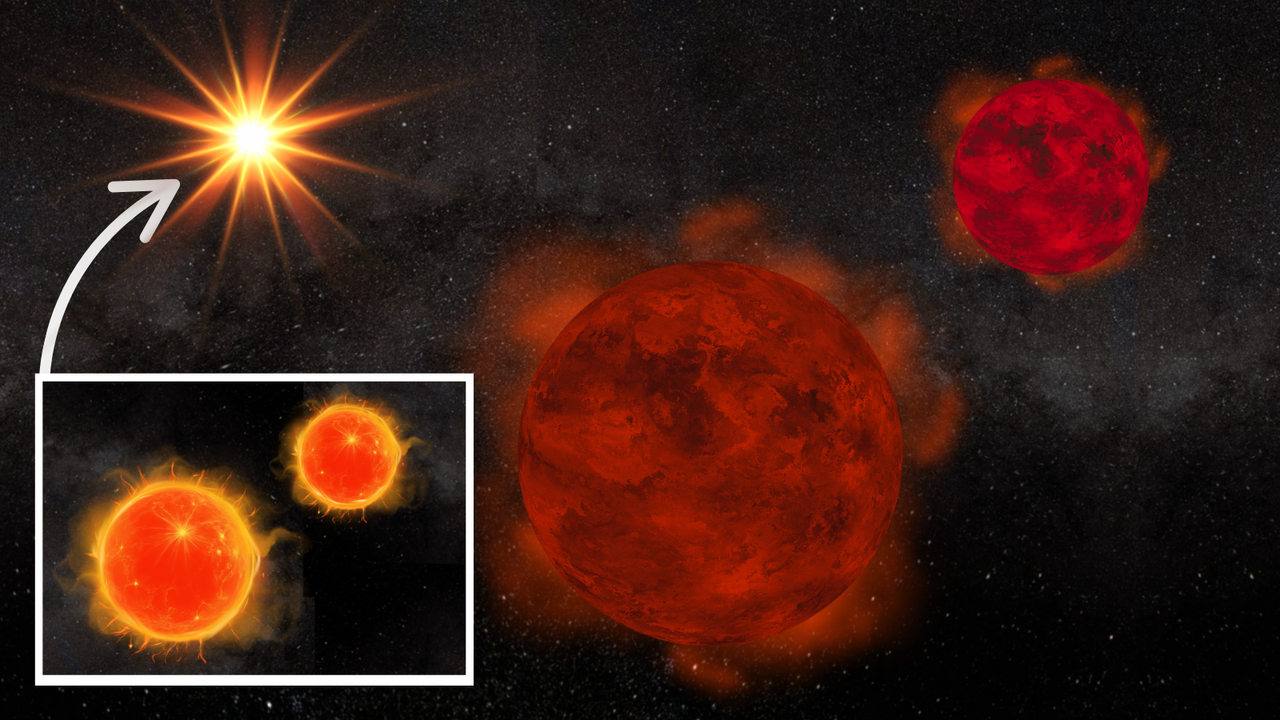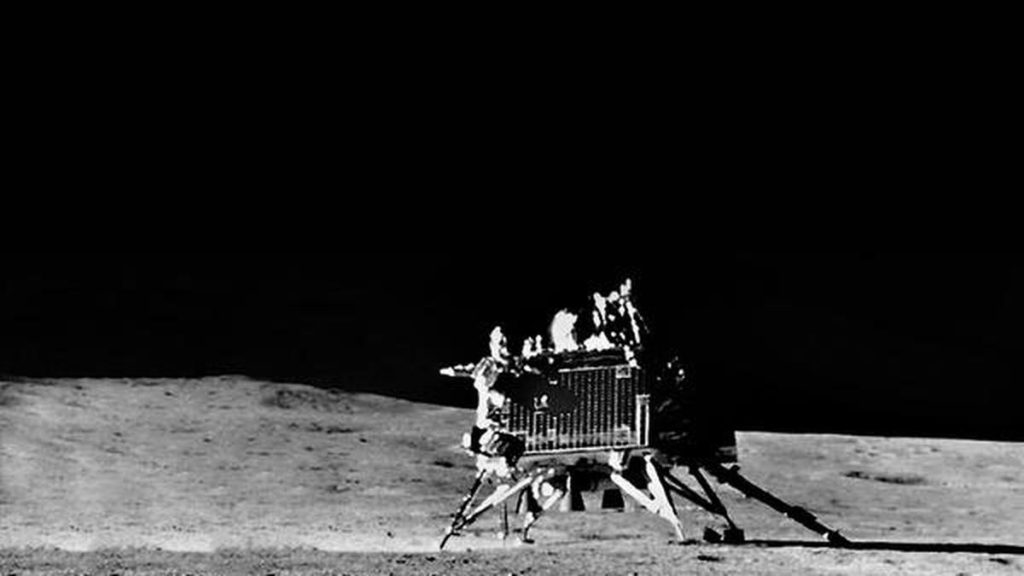Now Reading: Rare Quadruple Star System Offers Clues About Brown Dwarf Mysteries
-
01
Rare Quadruple Star System Offers Clues About Brown Dwarf Mysteries
Rare Quadruple Star System Offers Clues About Brown Dwarf Mysteries

Fast summary
- Discovery: Astronomers identified a rare hierarchical quadruple star system, UPM J1040−3551 AabBab, located about 82 light-years from Earth.
- System Composition: Contains two red dwarf stars (Aab) and two brown dwarfs (Bab), with the pairs orbiting each other at an immense distance of 1,656 times the Earth-Sun separation. Their collective orbit takes over 100,000 years to complete.
- Brown Dwarfs Characterization: Brown dwarfs are “failed stars” unable to sustain nuclear fusion; these in Bab have masses between 10-30 times JupiterS mass and temperatures ranging from 788°F to 1,020°F. They are categorized as rare T-type brown dwarfs.
- Research Methods: Discovery was aided by ESA’s Gaia spacecraft and NASA’s WISE telescope; spectroscopy using Chile’s SOAR Telescope clarified their characteristics.
- Scientific Importance: The system serves as a benchmark for studying brown dwarf evolution and properties due to its clear age indicators (300 million-2 billion years) determined via H-alpha emission signatures.
Indian Opinion Analysis
The discovery of UPM J1040−3551 AabBab contributes notable insights into astronomical phenomena involving red dwarf stars and brown dwarfs-celestial bodies frequently enough challenging to study due to their faint emissions. For nations such as India with burgeoning space research programs like ISRO’s initiatives, this underscores the importance of collaborative missions leveraging advanced instruments like Gaia or WISE.
The findings spotlight the essential role of high-resolution spectroscopy in decoding cosmic mysteries while offering opportunities for future advancements that could refine models on stellar evolution. For researchers globally-including Indian scientists focused on theoretical astronomy-the study highlights avenues for identifying similar systems which may inform broader understanding of failed star formations. As India’s ambitions expand toward deeper-space exploration tied closely with international cooperation frameworks, discoveries like these reinforce the critical nature of partnerships in modern-day scientific progress.
This quadruple system also presents one more example where foundational science possibly intersects future applications around cutting-edge imaging tools-a domain India’s academic research may strive toward as space-faring aspirations grow increasingly multifaceted.



























